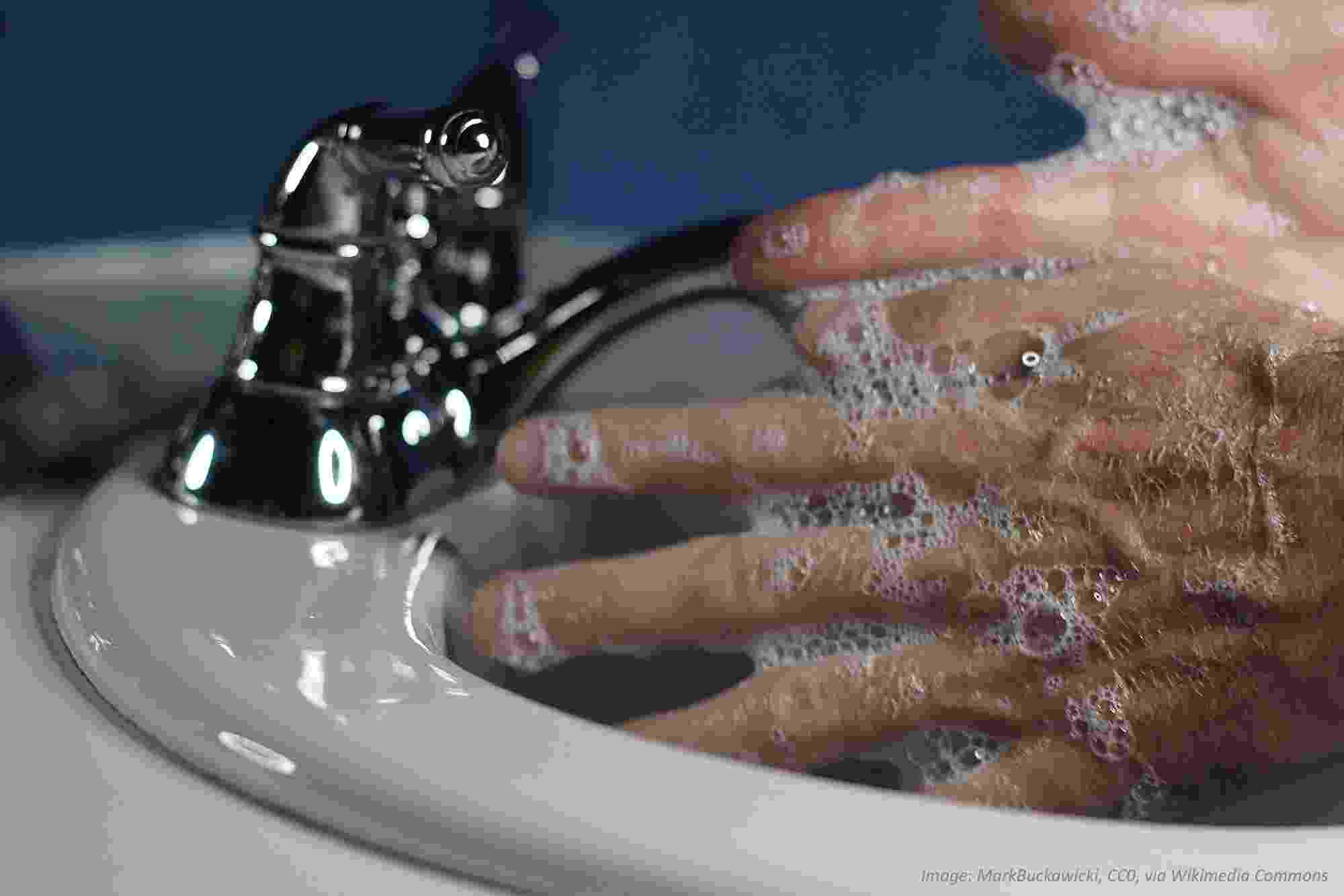Water access and sanitation facilities in the Johor River Basin, Malaysia
A comparison between indigenous and more modernised communities
13 September 2023


Authors: Michaela L. Goodson, Yee Chu Kwa, Norlilawati Suboh, Cindy Lee Ik Sing, Dominic Kay Shuen Wei, Claire L. Walsh
Water access, sanitation and hygiene (WASH) data for Malaysia suggest that almost 100% of the population have access to basic sanitation and basic drinking water, but this data may not include marginalised communities and stateless individuals, indigenous or otherwise. The aim of this study was to evaluate WASH provision for residents of the Johor River Basin and evaluate the disparity in facilities between indigenous Orang Asli and more modernised communities. Questionnaires were distributed to eight communities. In total, 899 questionnaires were completed including 100 from indigenous communities and 799 from more modernised communities. Significant differences existed between communities with regard to education levels (p < 0.001), occupation (p < 0.001), household income (p < 0.001), type of toilet, sewage and sanitation facilities (p < 0.001) and perception of health risks and concerns (p < 0.001). There is a significant difference in access to water and sanitation facilities between indigenous and modernised communities. Further study is now required to understand behaviours and educate river-based communities on relevant potential health risks from water contamination in the Johor River Basin.
Highlights:
- There is considerable disparity between indigenous and more modernised communities with respect to access to water, sanitation and hygiene facilities in the Johor River Basin, Malaysia.
- Perceptions of health issues and WASH between indigenous and more modernised communities also exist.



